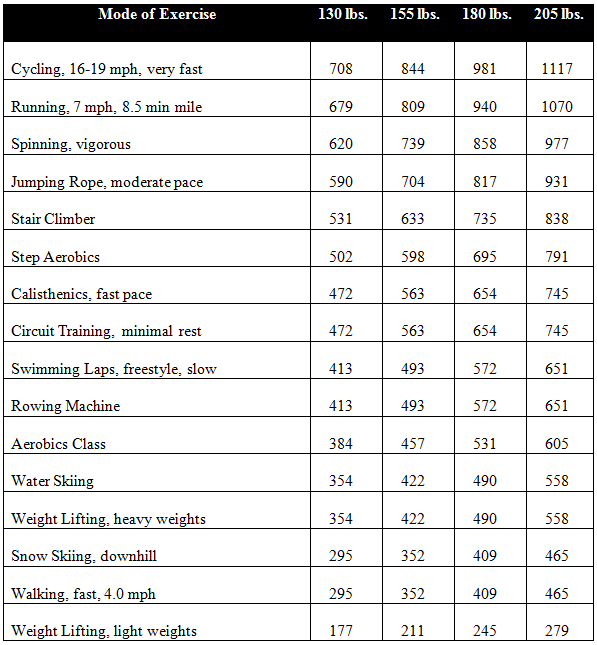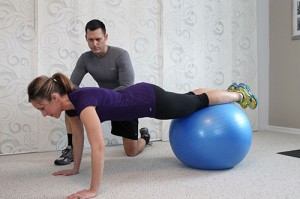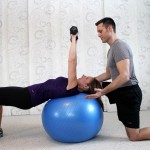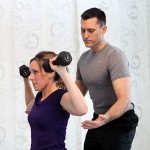The American Heart Association suggests at least 150 minutes per week of moderate exercise or 75 minutes per week of vigorous exercise (or a combination of moderate and vigorous physical activity). Thirty minutes a day, five times a week is an easy goal to remember, however you will also experience benefits even if you divide your time into two or three segments of 10 -15 minutes per day.
Physical activity is anything that makes you move your body and burn calories, such as climbing stairs or playing sports. Aerobic exercises benefit your heart, such as walking, jogging, swimming or biking. Strength and stretching exercises are best for overall stamina and flexibility.
The simplest, positive change you can make to effectively improve your heart health is to start walking. It’s enjoyable, free, easy, social and great exercise. A walking program is flexible and boasts high success rates because people can stick with it. It’s easy for walking to become a regular and satisfying part of life.
The following chart represents an estimate of caloric expenditure during specific physical activity. Listed are 4 different weight categories. Caloric expenditure is influenced by intensity, mode of exercise, one’s level of conditioning, metabolism, and body weight. Try to do at least three of these activities during your training week. This might help to keep you from getting bored with your weekly schedule and will help to make you a more well-rounded fitness enthuseist. You might even find a new mode of exercise to enjoy. My top two exercises are jump rope and fast-paced calisthenics. My new favorite that’s been around for years… the rowing machine.







